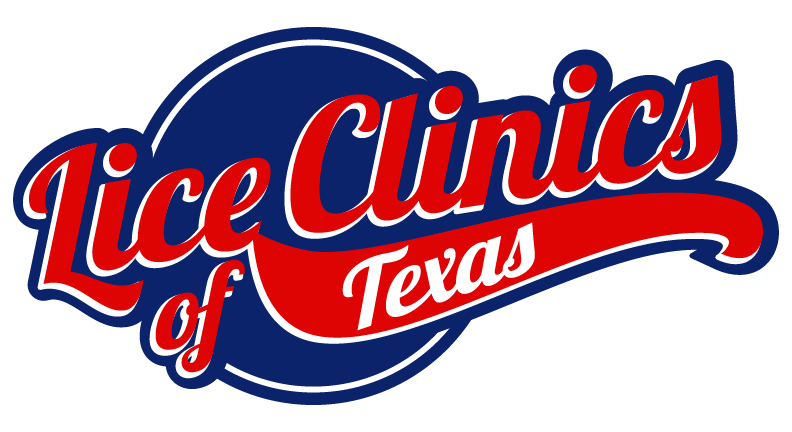When you find your family has been hit with head lice you might ask yourself one simple question. What came first, the head lice or the egg? The answer is pretty simple. The louse. To fully get a grasp on what is happening you need to understand the life cycle of head lice.
Three Stages of Head Lice
- Nit – the egg
- Nymph – the young, immature head lice
- Louse – the fully mature head lice
The adult female louse is capable of laying about 6-10 eggs per days. Head lice need a warm, human host to live and thrive. They are always looking for a new head to call home. Head lice do not jump, hop or fly. They crawl using clawlike feet from hair strand to hair strand. They are incapable of crawling on flat surfaces. Consequently, they are most often contracted through direct head to head contact with someone else who is carrying head lice. Children between the ages of 6-14 are most often more at risk than adults. However, if a child in your home has head lice you are also highly likely to catch it.
Once a new human host is found, the female goes to work laying her eggs in the new, humid and ripe environment. An average louse lives for 30 days from nit stage to death. A nymph reaches adulthood after 8 days. Within 10 hours of adulthood, most females are already mating and laying eggs. For this reason, you can see how quickly one louse can turn into a whole scalp full of head lice.
Nitpicking Quick Tips
Females lay their eggs very near the scalp. Their body naturally produces a secretion that cements the eggs onto a single hair strand. This protects it from flaking off as a piece of skin or dandruff would. Nits are oval in shape and change from yellow to white in color after they hatch. Once an egg is laid it will generally hatch within 8-10 days.
Nits are virtually impossible to kill with over the counter shampoos. They need to be nitpicked off of the scalp to really prevent reinfection. Using a nitpicking comb, parents can sift through the child’s scalp and peel off the unhatched eggs to remove them. This process can be extremely tedious but is very important in getting rid of the problem.

